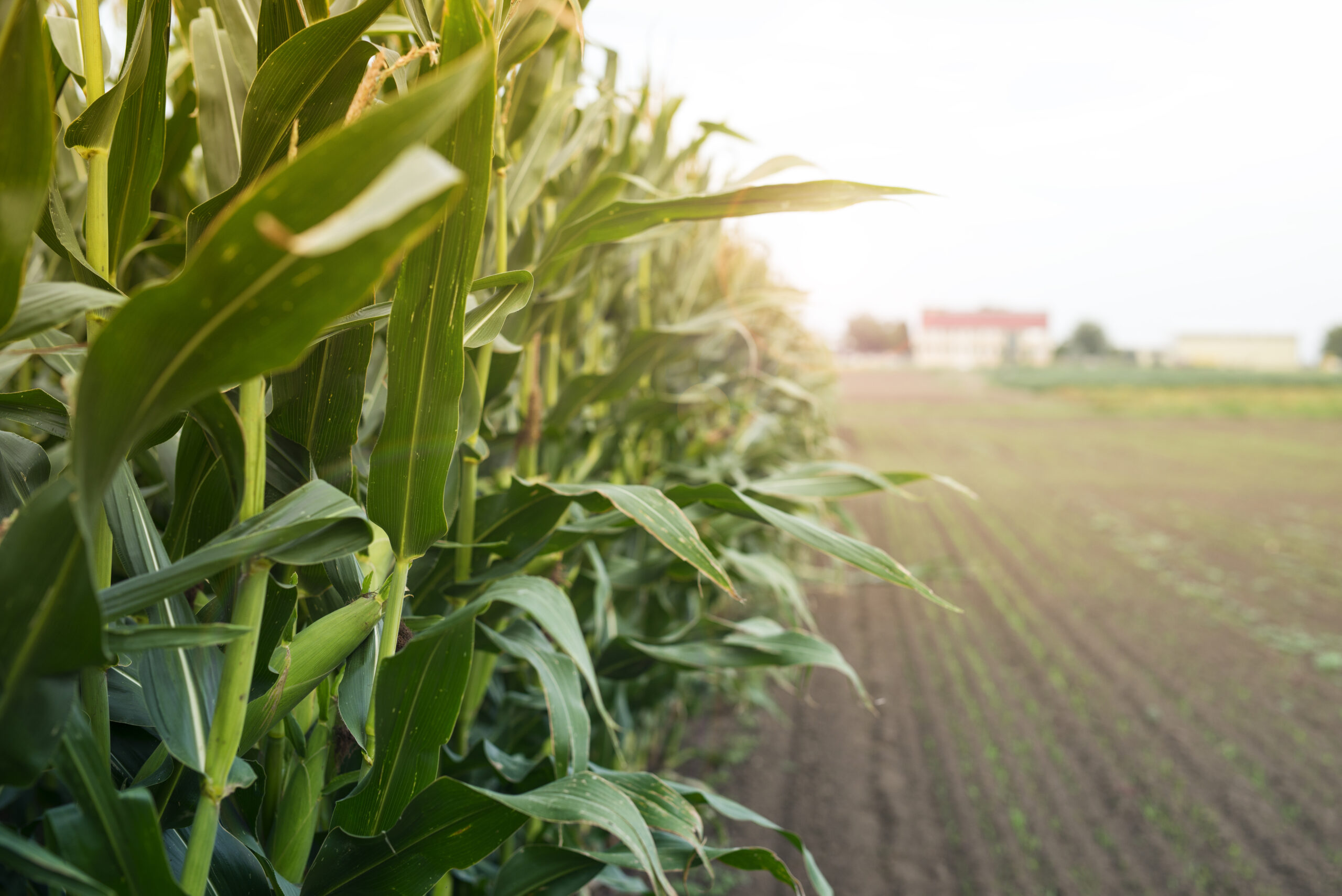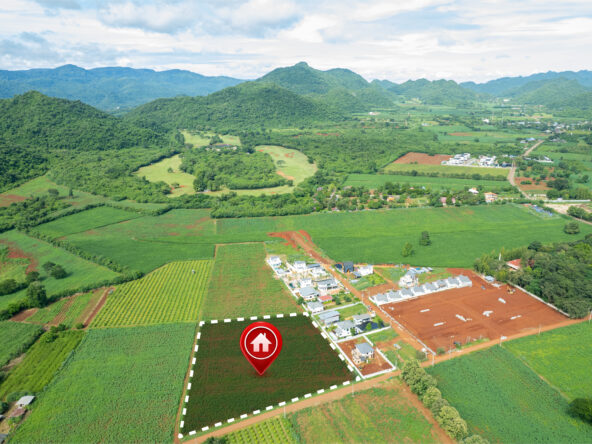Hey there, Agri-Trailblazers!
So, you’ve been eyeing that piece of land, wondering if there’s more to life than the same old cornfields and wheat farms. Well, spoiler alert: there is! Welcome to the world of alternative crops—your ticket to a farm scene that’s way cooler (and possibly more profitable) than the traditional agri-routine.
Ditching the Same Old, Same Old
Alright, let’s spill the beans on why it’s high time we bid farewell to the “same old, same old” in agriculture. Picture this: the sun setting over yet another sea of cornstalks, and you’re left wondering if there’s more to life than the predictable rhythm of planting, growing, and harvesting the usual suspects—corn, soybeans, and wheat.
Monoculture Blues
The traditional agri-scene has been stuck in a bit of a rut, and it’s not just us saying it. Mother Nature herself has been dropping hints with erratic weather patterns, unpredictable rainfall, and the looming threat of pests getting wise to our well-worn agricultural playbook.
Market Rollercoaster
Then there’s the market rollercoaster. Prices go up, prices go down, and suddenly you’re left wondering if you’re on the right side of the agri-see-saw. The unpredictability of market trends can make even the most seasoned farmers scratch their heads, and let’s not even get started on the impact of global events that seem to shake things up when we least expect it.
Hello, Alternative Crops
Enter alternative crops, the rebels of the agricultural world. These are the underdogs, the unconventional choices that refuse to play by the rules of the monoculture game. Why? Because they bring something different to the table—something that goes beyond the humdrum routine of traditional crops.
Breaking Free from the Monoculture Monotony
First things first, alternative crops offer a breath of fresh air, a break from the monotony of seeing the same crops dominate the landscape year after year. Imagine your fields as a canvas, and you’re not restricted to just a few brushstrokes. Alternative crops bring a burst of color, diversity, and excitement to your agricultural masterpiece.
Adaptability in the Face of Change
In a world where climate change is not just a buzzword but a real and present challenge, alternative crops show their adaptability. Some are hardy enough to withstand temperature fluctuations, while others have a knack for thriving in soils that might send traditional crops running for cover. It’s like having a team of superheroes that can handle whatever climate curveballs come their way.
Market Niche Mastery
Let’s talk market trends. Alternative crops aren’t just a gamble; they’re often a strategic move to tap into niche markets. Think about it—consumers are increasingly seeking out unique, sustainable, and health-conscious options. Whether it’s exotic superfoods, specialty herbs, or unconventional grains, alternative crops have the potential to ride the wave of changing consumer preferences and turn heads in the market.
The Thrill of the Unknown
Lastly, let’s not forget the thrill of the unknown. Traditional crops, while reliable, can sometimes feel like watching a rerun of your favorite show. Alternative crops, on the other hand, bring an element of surprise and discovery. You might stumble upon the next big thing in agriculture, and that, my friend, is an adventure in itself.
So, it’s time to wave goodbye to the same old, same old and embrace the vibrant world of alternative crops. Your fields deserve a makeover, and these unconventional choices are here to make it happen. Ready for the agricultural revolution? Let’s dive in! 🚜🌾✨
Getting Down with the Cool Crops
Now that we’ve bid adieu to the agricultural status quo, it’s time to roll up our sleeves and get down with the real rockstars of the farming world—alternative crops. These aren’t your run-of-the-mill crops; they’re the cool kids on the block, the rebels of the agricultural scene that are turning fields into stages for a showstopping performance.
Unmasking the Superpowers
First off, let’s talk about what makes these cool crops so, well, cool. Imagine them as the superheroes of your farm, each with its own set of superpowers that can revolutionize the way you look at cultivation.
Quinoa, for instance, is the Superman of alternative crops. It’s not just a trendy addition to your salad bowl; it’s a protein-packed powerhouse that’s making waves in health-conscious markets. Move over, traditional grains; there’s a new hero in town.
Hemp is the dark horse, not just for the tie-dye enthusiasts but for anyone looking to diversify. It’s a multitasking wonder—textiles, health foods, construction materials; you name it, and hemp can probably do it. The best part? It’s a low-maintenance, eco-friendly contender in the cool crops lineup.
Agave might be the silent warrior you didn’t see coming. Yes, it’s the star of your favorite tequila, but it’s more than just a party starter. Agave is a water-wise, versatile crop that can thrive in conditions that might make traditional crops throw in the towel.
And let’s not forget bamboo, the unsung hero of the green revolution. It’s not just for pandas; it’s a fast-growing, multipurpose plant that’s like the Swiss Army knife of alternative crops. From construction material to eco-friendly products, bamboo does it all.
Economic Brilliance in Every Crop
Now, let’s talk turkey—or, in this case, alternative crops and money. These cool crops aren’t just here to make your fields look interesting; they’re economic powerhouses waiting to be unleashed.
Cash Flow Carousel: Brace yourself for a financial rollercoaster, but in a good way. Alternative crops often ride high on market trends, and the demand for these unique products can translate into higher prices and profits. The best part? Some of these cool crops have lower input costs, contributing to the bottom line without breaking the bank.
Green Is the New Black
Beyond the economic gains, alternative crops are the eco-champions we’ve been waiting for. Traditional agriculture has had its fair share of environmental drama—deforestation, excessive water use, soil degradation—but alternative crops are stepping up to be the green heroes we desperately need.
Environmental Benefits: Picture a world where crops need less water and thrive on lands that would otherwise be deemed marginal. Some alternative crops are like the superheroes of sustainability, requiring fewer resources and promoting soil health. It’s like giving Mother Nature a fist bump while you cultivate a greener, more sustainable future.
Risk Diversification: The Avengers of Agriculture
Now, let’s address the elephant in the room—risk. Traditional crops? They’re like putting all your eggs in one basket (literally). One bad weather day, and poof! Your investment dreams might vanish like a summer storm. But alternative crops? They’re like the Avengers of agriculture—diverse, resilient, and ready to take on whatever Mother Nature throws their way.
Risk Diversification: The beauty of alternative crops lies in their diversity. A diversified portfolio of crops acts as a safety net, ensuring that the setbacks in one area are compensated by the successes in others. It’s risk management without the stress, like having a team of superheroes ready to swoop in when things get tough.
So, are you ready to get down with the cool crops? It’s time to swap the mundane for the extraordinary and transform your fields into a spectacle of diversity, economic brilliance, and sustainability. The agricultural revolution is here, and these cool crops are leading the charge. 🌾🚀✨
Cash Flow Carousel
Say goodbye to the predictable and hello to the potential goldmine. Alternative crops aren’t just rebels; they’re often in high demand, thanks to changing tastes and fancy food trends. What does that mean for you? It means those pockets might get a bit heavier as you ride the wave of market trends.
And here’s the kicker—some of these cool crops are low maintenance. Less spraying, less fuss, and often, less cost. Less cost equals more moolah in your pocket. Ka-ching!
Green Is the New Black
We all love a bit of eco-friendliness, don’t we? Traditional agriculture has been a bit of a drama queen when it comes to environmental impact. Deforestation, water guzzling, soil sob stories—the list goes on.
Enter alternative crops, the unsung heroes of sustainability. Some need less water, others thrive on marginal lands, and a few are the green guardians of biodiversity. It’s like giving Mother Nature a high-five while you make some green on the side.
Risk? What’s That?
Let’s talk about everyone’s favorite topic—risks. Traditional crops? They’re like putting all your eggs in one basket (literally). One bad weather day, and boom! Your investment dreams might be raining tears.
Alternative crops? They’re like the Avengers of agriculture. Diversified, resilient, and ready to take on whatever Mother Nature throws their way. If one doesn’t make it, there’s another waiting in the wings to steal the show. It’s risk management without the stress.
Meet the Cool Crops
Now, let’s get down to the nitty-gritty. What are these alternative crops everyone’s buzzing about?
- Quinoa: It’s not just for trendy salads; it’s a protein-packed powerhouse.
- Hemp: No, not just for tie-dye enthusiasts. Hemp is making waves in textiles, health foods, and even construction materials.
- Agave: Tequila, anyone? But seriously, agave isn’t just for your favorite drink. It’s a water-wise, versatile crop.
- Bamboo: It’s not just for pandas. Bamboo is the eco-champion of fast-growing, multipurpose plants.
Time to Wrap It Up
So, there you have it, folks. The agri-revolution is calling, and it’s saying, “Diversify or miss out.” Alternative crops bring more than just variety to your fields; they bring economic booms, environmental coolness, and a safety net for those unpredictable agri-adventures.
Ready to trade your tractor for a more exciting agri-venture? Let’s make your fields the talk of the town! 🌾🚜




